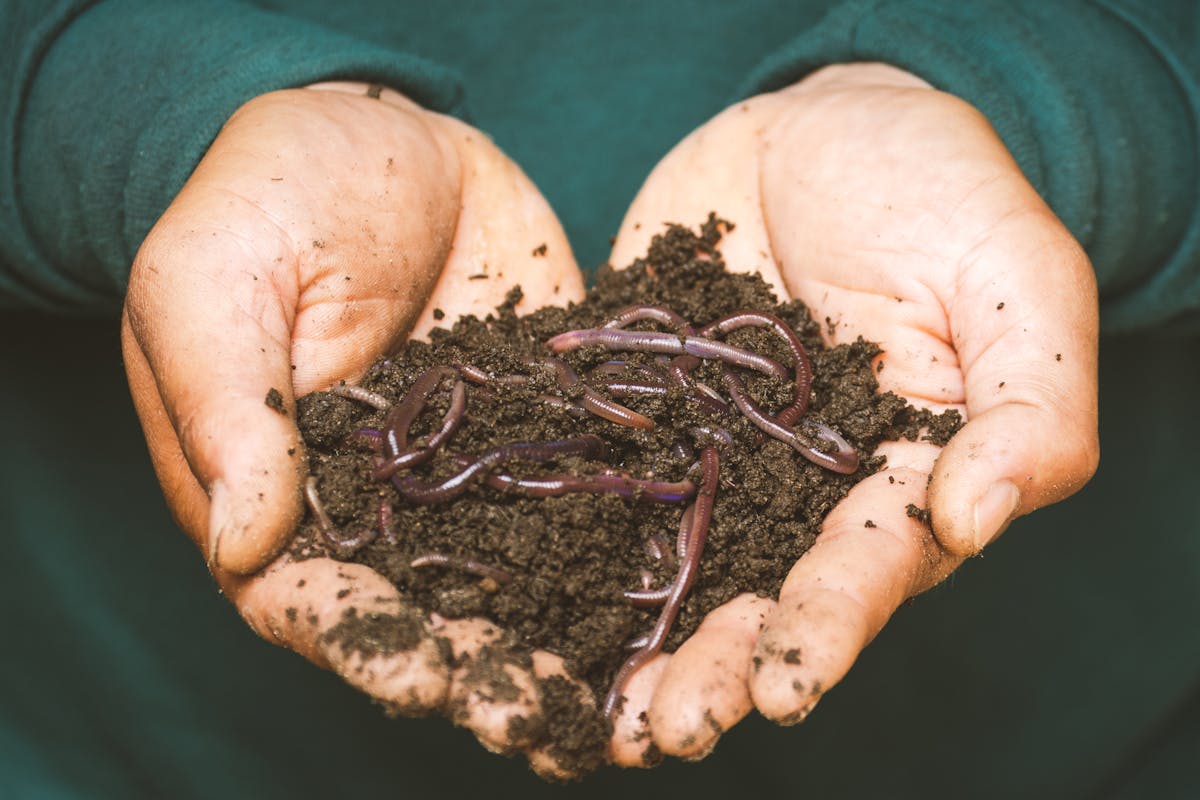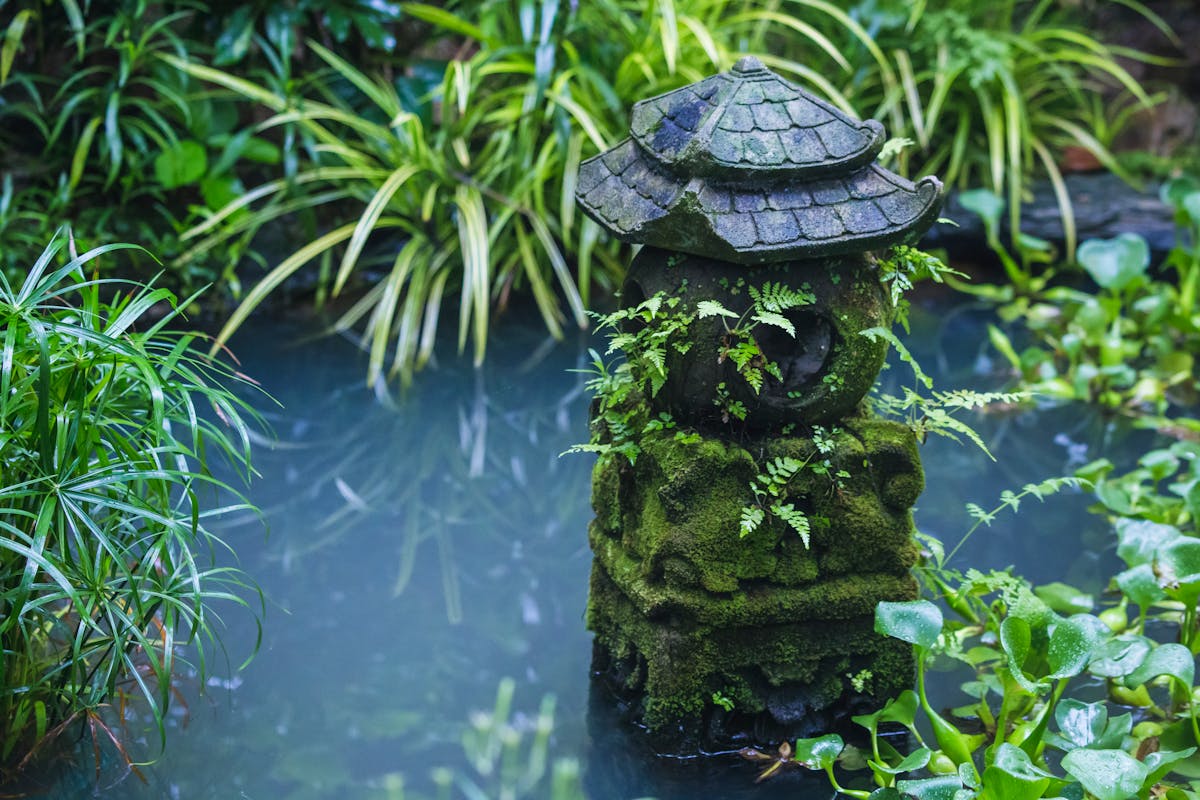- Sustainable gardening projects can significantly enhance aesthetics and produce savings, promoting a greener lifestyle.
- Key projects include composting, rainwater harvesting, solar lighting, and creating insect habitats to foster a balanced ecosystem.
- Opt for high-quality, sustainable materials and technologies like LED bulbs and solar lighting for longevity and eco-friendliness.
- Each small sustainable action contributes to a larger positive environmental impact, making gardening a fulfilling pursuit.
- Starting with one project and gradually adding more can transform your backyard into a community sustainability beacon.
In the quest for sustainable living, the humble backyard can become a launchpad for eco-friendly innovation. By integrating a few ingenious gardening projects, you can cultivate a thriving ecosystem and significantly reduce your carbon footprint. From building your rainwater collection system to constructing a DIY hoop house for year-round crops, the possibilities are as vast as the seeds in your hands.
Sustainable Gardening Techniques
Sustainability isn’t just a trendy word; it’s a set of principles that, when applied to gardening, can transform how you interact with the environment. Imagine a garden where nothing goes to waste, every drop of water is cherished, and the only floods are those of beneficial sunlight nurturing your plants. This is the essence of innovative, sustainable gardening.

Composting Basics
Starting a compost pile is a gateway to the circle of life in your backyard. It’s simple: layer organic matter, provide aeration, and let nature do the rest. The result? Nutrient-rich soil amendments that breathe life into your plants.
Here’s the breakdown. Your pile needs a balanced blend of ‘greens’ (nitrogen-rich food scraps like vegetables and coffee grounds) and ‘browns’ (carbon-rich materials such as dried leaves and shredded paper). These should be mixed and turned every few weeks to accelerate decomposition. The golden rule is maintaining a balance.
Not only does composting reduce waste and landfill usage, but it also minimizes the need for harmful chemical fertilizers that can leach into the environment. It’s a win for your garden and a win for the planet.
Water Conservation Strategies
Water is life, and in sustainable gardening, every drop counts. The first step is harvesting rainwater. Install a simple barrel beneath a gutter; suddenly, the unpredictable weather becomes your greatest ally, providing a free, consistent water source.
But it doesn’t stop there. Conserving water also means using it efficiently. Drip irrigation systems are a gift to gardeners and the environment. They deliver water directly to the roots of your plants, reducing evaporation and runoff. You’ll see stronger, healthier plants and enjoy lower water bills – a clear indicator of successful sustainability.
Natural Pest Management
Pests are a part of gardening, but chemicals don’t have to be. Natural pest management relies on the thoughtful integration of beneficial insects, companion planting, and physical barriers to protect your garden.
Encouraging predators like ladybugs and lacewings can help keep pest populations in check. Furthermore, planting herbs and flowers like marigolds, lavender, or dill alongside your veggies can be a natural deterrent to common garden pests.
Creative solutions such as erecting birdhouses to invite insect-eating birds or using row covers to keep pests away from your plants also fall under natural pest control. When you work with nature, it works for you – naturally.
Creating a Pollinator-Friendly Garden
The decline of pollinators like bees and butterflies is a global concern, but your garden can be part of the solution. Create a haven for these essential creatures by selecting nectar-rich plants that bloom throughout the seasons and providing a water source.
Incorporate native grasses and wildflowers into your landscape, and consider features like bee hotels to give pollinators safe places to nest. By ensuring the health and fertility of your garden through frequent visits from these vital partners, you’re not only supporting biodiversity but also ensuring the health and fertility of your garden.
Incorporating a DIY Hoophouse for Growers
A hoop house, or a small greenhouse, is the cherry on top of sustainable gardening. It extends your growing season, allowing you to start plants earlier in spring and harvest later into fall.
Constructing a DIY hoop house for growers can be as straightforward as driving stakes into the ground and bending PVC pipes over your garden beds. Cover the structure with UV-resistant plastic, leaving room for proper ventilation and entry, and voila—a microclimate for your plants to thrive in.
Advanced Projects for the Eco-Conscious Gardener
If you’re ready to take your sustainable gardening to the next level, these advanced projects are for you. They require a bit more effort and possibly some initial investment, but the rewards are substantial – for your garden and the environment.

Building a Garden Pond
A garden pond is a picturesque addition that serves numerous ecological functions. From attracting a wider range of wildlife to providing an alternative watering source for critters, a pond can turn your backyard into a thriving oasis. If done correctly, it can also be a low-maintenance feature that brings a sense of calm and relaxation to your sustainable garden.
To build a garden pond, start by selecting an appropriate location with good sun exposure and access to water. The size and shape are entirely up to you, but consider the depth and features like shallow areas for plants and animals. Use a pond liner to prevent leaks, and add plants and rocks around the perimeter to create a natural habitat. Once filled with rainwater or collected runoff, your pond will become a centerpiece of biodiversity.
Installing Solar Garden Lights
For an enchanting ambiance in your sustainable garden, solar-powered lights are the best option. They harness the sun’s energy during the day and illuminate your garden at night—a simple, carbon-neutral way to add magic to your outdoor space.
Choosing the right lights means considering brightness, design, and placement. Opt for high-quality fixtures with LED bulbs for longevity, and position them strategically to enhance the beauty of your garden without hindering its natural processes. The gentle glow of solar lights highlights your hard work and contributes to the overall serenity of your sustainable haven.
Conclusion
Incorporating innovative gardening projects into your backyard isn’t just about aesthetics or savings on produce. It’s a tangible way to contribute to a more sustainable way of life. Each project, whether small-scale like composting or larger endeavors like constructing a hoop house, significantly reduces your environmental impact.
What’s more, these projects are enjoyable and fulfilling. They connect you with the natural world, provide a constant source of learning and creativity, and inspire a profound sense of responsibility for the earth—something every sustainable gardener should strive for.
The road to a greener lifestyle can seem daunting, but every step counts. Start with one project, master it, and move on to the next. With each addition, your backyard will become a beacon of sustainability for the community and a source of pride for you. Dig into these innovative gardening projects and watch your sustainable oasis bloom.

